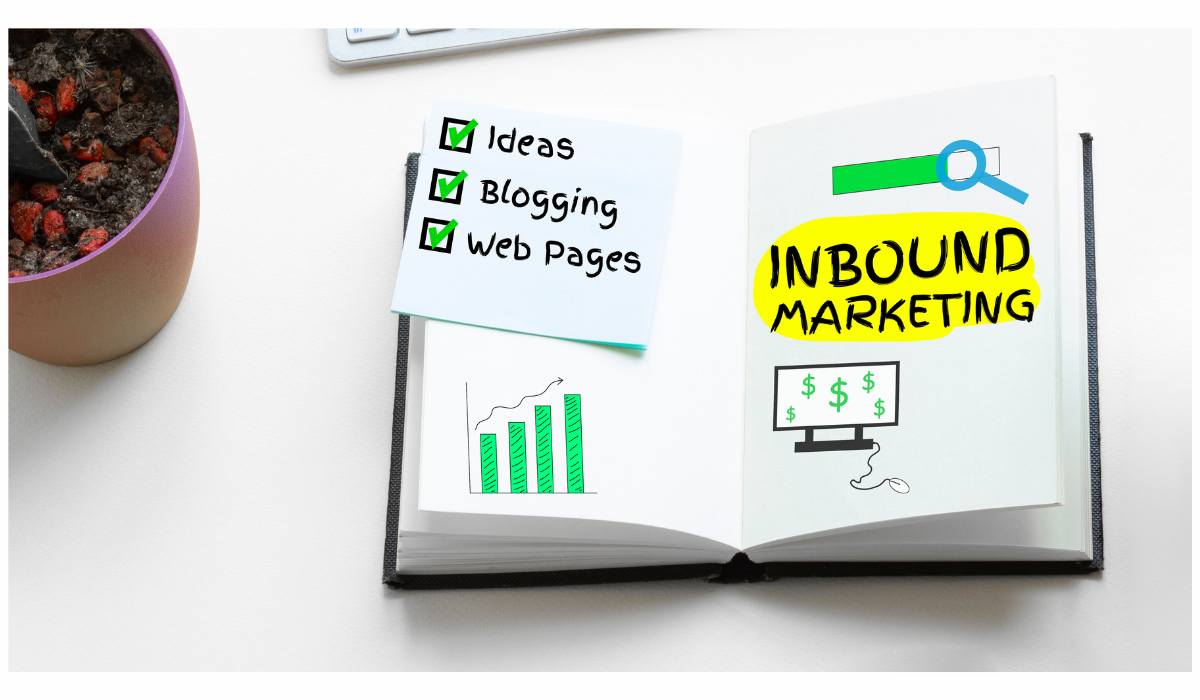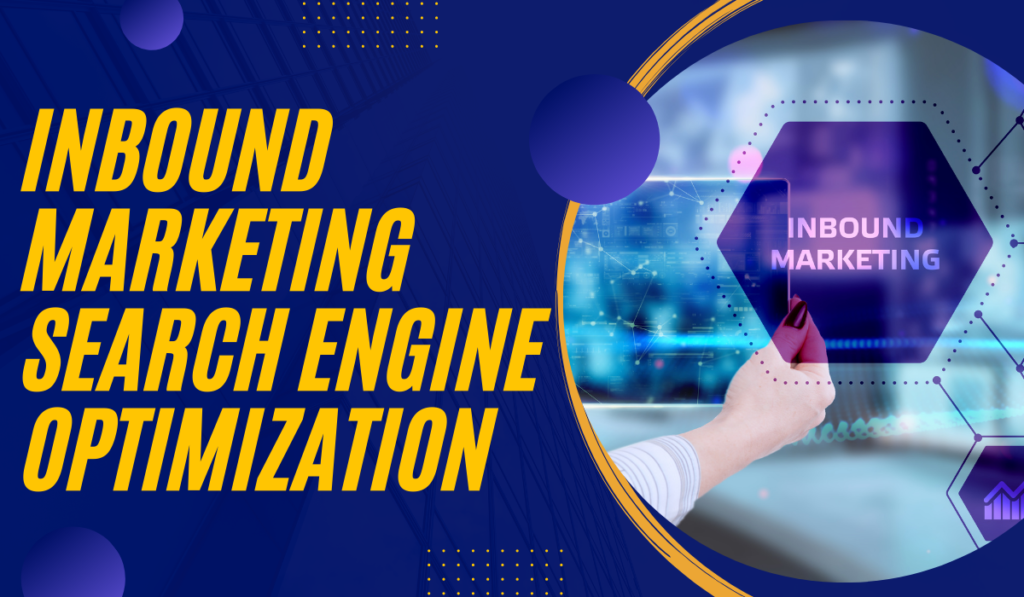In today’s world, people do not simply flock to companies seeking their products and services through mere advertisements and telephone calls. However, there is the strategy known as Inbound marketing which attracts customers to your brand through engaging and useful content. Something central to inbound marketing strategy is Search Engine Optimization (SEO) to ensure that the right audience gets your content when they are most likely to need it. This article discusses how inbound marketing directly coordinates with SEO in the process from the query to customer acquisition.
Understanding Inbound Marketing
In other words, Inbound marketing is a marketing technique that is highly customer-oriented through the attracting, engaging, and capturing of Value-Touchpoints. Inbound marketing is quite different from traditional outbound marketing where marketers actively deliver messages to a wide audience.
This strategy is built around four main stages:
- Attract: Targeting the right audience towards your website through the use of content that will be relevant to solve their problems and meet their needs.
- Convert: Most website forms, calls to action, guide or even lead magnets such as eBooks and online webinars.
- Close: Building on the leads through, for instance, the email newsletters and relevant content with a view of making a sale out of them.
- Delight: Satisfying the expectations of the customers and delivering the creative content which can convert the customer into brand promoters.
SEO is most useful in the ‘Attract’ phase as it helps your content rank high on search engine results thus reaching out to the curtain raisers.
How SEO factors Support Inbound Marketing.
Here’s how SEO supports the inbound marketing process:
- Keyword Research: Analysis the key phrases that target audience use while searching for products and services through keyword research. Tools like Ahrefs, SEMrush, and Google Keyword Planner can help you identify high-traffic, low-competition keywords.
- Content Creation: After choosing keywords, provide great material that attracts to readers. To offer meaningful solutions, use media such as podcasts, infographics, videos, and blog posts. Content that is relevant, interesting, and well-optimized will rank higher and bring in organic visitors.
- On-Page Optimization: Increasing a page’s rating by optimizing it is termed as On-page SEO. Target keywords must be used in the headers, content, meta description, and title tag. Mobile response time, website performance, and image optimization are more important factors. This helps search engines understand and rank your content better.
- Technical SEO: Technical SEO optimizes your site for search engine indexing with proper URLs, schema markup, XML sitemaps, and HTTPS. This helps search engines understand and rank your content better.
- Link Building: Backlinks from reputable sites boost your SEO by signaling content credibility. Focus on creating valuable content and guest blogging to earn these links, avoiding direct link request.
- User Experience (UX): Google favors websites that provide a good user experience. Key factors include fast page load speeds, mobile responsiveness, and intuitive navigation. A well-optimized site keeps users engaged, reducing bounce rates and improving SEO.
- Driving Organic Traffic: SEO makes it possible that the inbound marketing content that a business produces is easy to find. With proper keyword seeding relative to the target audience, the content is more likely to rank high on the search engines and drive where organic traffic lies.
- Building Trust and Authority: Cohesive, well-produced content places your brand in a favorable ranking amongst your niche market. Every time your content is returned in the results list, potential clients learn to associate your brand with valuable information, which increases your brand value.
- Improving Lead Generation: Infact, the benefits of implementing SEO is that it directs the right visitors to your website, the ones searching for the solutions you provide. inbound marketing such as strong call-to-actions, leads generation and targeted content can help turn these visitors into leads.
- Enhancing Customer Engagement: Therefore, SEO and inbound marketing complement each other to help you retain your audience. Regularly updating articles that meet customer needs attracts and engages your audience, boosting purchases and loyalty.
- Measuring Success: Unlike traditional marketing, SEO and inbound marketing can be measured to assess success. Tools like Google Analytics, Search Console, and HubSpot help track content performance, popular keywords, and user interactions. It also indicates the areas that need improvement in order to maximize on the outcomes you have planned for.
SEO Tips for Inbound Marketing
To maximize the effectiveness of SEO in your inbound marketing strategy, consider the following best practices:

- Create High-Quality, Relevant Content:Focus on creating content that addresses real-life issues. Valuable content that closely matches user search terms will perform better.
- Optimize for User Intent: Understanding the intent behind search queries is crucial, whether users are seeking information, making purchases, or looking for services. Content should be tailored to match the intent behind the keywords.
- Keep Content Updated: Update content regularly to keep it relevant. Review and revise old content to include new updates or improve SEO, which can boost site traffic.
- Use Long-Tail Keywords: The terms that we fill in the search bar are longer, and in general, they are less competitive, thereby having a higher chance. They also tend to align closer to user intent, users that are more likely to be further down the funnel, potential visitors.
- Focus on Local SEO: To target local customers, focus on local SEO: claim your Google My Business listing, get local backlinks, and use local keywords in your content.
- Improve Page Load Speed: A slow website harms your SEO ranking and drives visitors away. To improve loading times, compress images, use a CDN, and minimize JavaScript and CSS files.
- Build a Mobile-Friendly Website: With more users accessing content via mobile devices, having a mobile-responsive website is essential. Ensure your site displays well on all devices to improve user experience and search engine rankings.
Conclusion
Inbound marketing and SEO are the perfect marketing combination to enhance your brand online exposure throughout the region. Strategic, professional content creates brand credibility and SEO makes your Inbound Marketing deliverable to the apt audience at the right time. Altogether, these approaches do offer the best approach towards digital marketing that can change your business once and for all.

